Childrens Books About Empathy
Childrens Books About Empathy for kids not only teach children about the feelings of others but also promote kindness, compassion, and understanding.
Empathy is an important quality that helps children connect with others and understand their feelings. Books are a powerful tool to teach children empathy and emotional intelligence.
When children read stories that depict different perspectives and experiences, they learn to put themselves in other people’s shoes and appreciate the diversity of the world around them.
For more reading ideas, visit our extensive list of childrens books for kids!
You can find these empathy books at your local library or purchase through the links provided for your convenience.
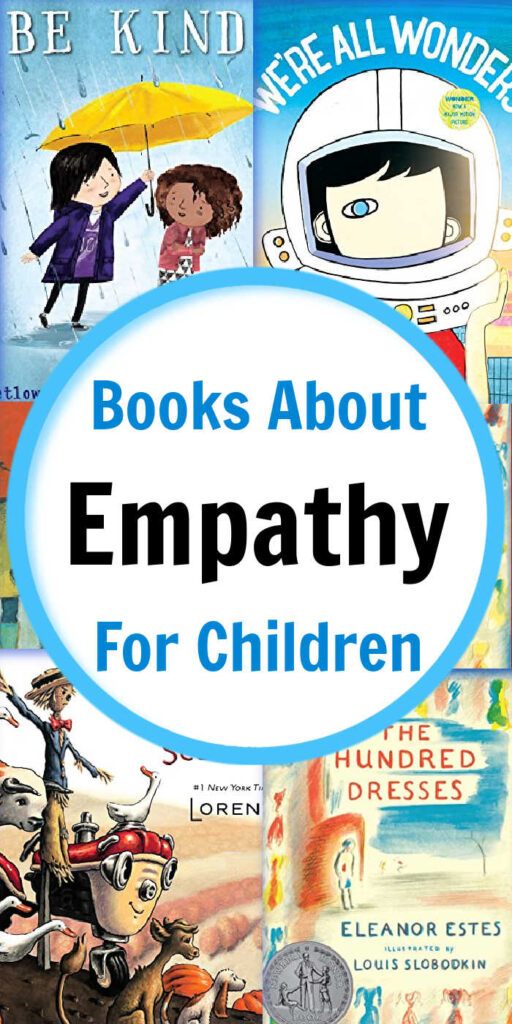
This post contains affiliate links.
Anytime I see any new Childrens Books About Empathy, I can’t help but get it to read with my kids. Whether you’re teaching children or raising your own humans, teaching children empathy is one of the greatest gifts you can give a child.
As a mom, some of the proudest moments I’ve experience with my boys is when they show empathy and compassion toward another person.
Other terrific reads include Childrens Books About Caring for Others. And for elementary school children, check out Elementary Books That Teach Empathy.
How is Empathy a Part of SEL
Empathy is a vital and intrinsic component of Social and Emotional Learning (SEL) for several compelling reasons.
SEL seeks to cultivate emotional intelligence and interpersonal skills in individuals. Empathy lies at the core of emotional intelligence, as it involves the capacity to recognize, understand and respond to the emotions and experiences of others. Through empathy, individuals can develop a deeper awareness of their own feelings and those of people around them, leading to more meaningful and authentic connections.
Empathy is essential for building and sustaining positive relationships, a central goal of SEL. It enables individuals to relate to others on a profound level, fostering trust, respect, and open communication.
You, Me and Empathy: Teaching children about empathy, feelings, kindness, compassion, tolerance and recognising bullying behaviours Learning to Listen, Learning to Care: A Workbook to Help Kids Learn Self-Control and Empathy
Learning to Listen, Learning to Care: A Workbook to Help Kids Learn Self-Control and Empathy UnSelfie: Why Empathetic Kids Succeed in Our All-About-Me World
UnSelfie: Why Empathetic Kids Succeed in Our All-About-Me World The Kindness Curriculum: Stop Bullying Before It Starts
The Kindness Curriculum: Stop Bullying Before It Starts
Empathy also promotes social awareness by helping individuals appreciate the diversity of experiences and perspectives in their communities, ultimately leading to a more compassionate and inclusive society.
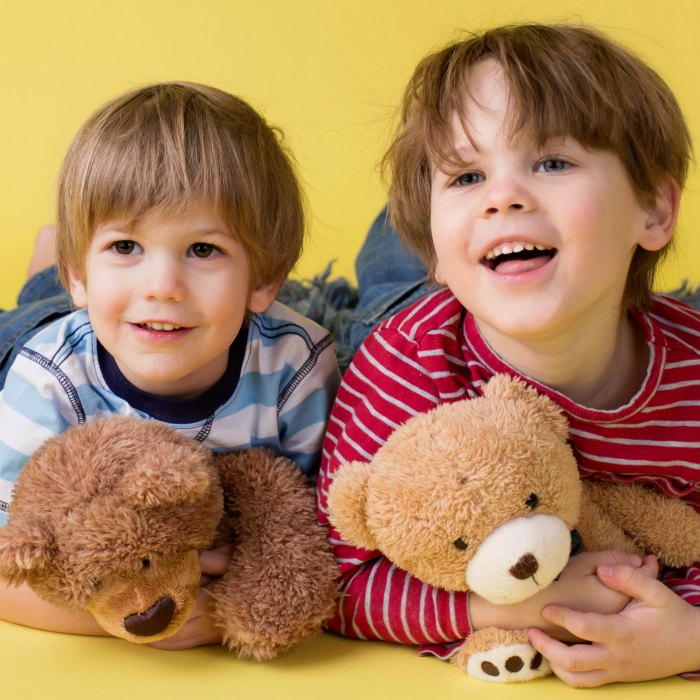
Overall, empathy is a linchpin of SEL, facilitating emotional intelligence, interpersonal relationships, conflict resolution and social awareness, all of which contribute to the development of emotionally competent and socially adept individuals.
SEL for Kids Starts At Home
As a parent, teaching Social Emotional Learning (SEL) to young children is crucial for their overall development. It helps your child understand and manage their emotions, fostering mental well-being.
SEL cultivates empathy, which is the foundation for healthy relationships and effective communication. These skills are essential for both academic success and life beyond the classroom.
Rather than formally teaching social and emotional skills, these should be integrated into the day to day interactions and activities for your kids.
All Learning Is Social and Emotional: Helping Students Develop Essential Skills for the Classroom and BeyondTeaching with a Social, Emotional, and Cultural Lens: A Framework for Educators and Teacher EducatorsThe SEL Toolbox: Social-Emotional Learning Activities to Teach Kids to Generalize Learned Skills to Real-Life SituationsThe Social-Emotional Learning Toolbox: Practical Strategies to Support All Students
By teaching SEL at home, you as a parent can empower your children to navigate the complexities of human interactions, making them more resilient and socially competent individuals.
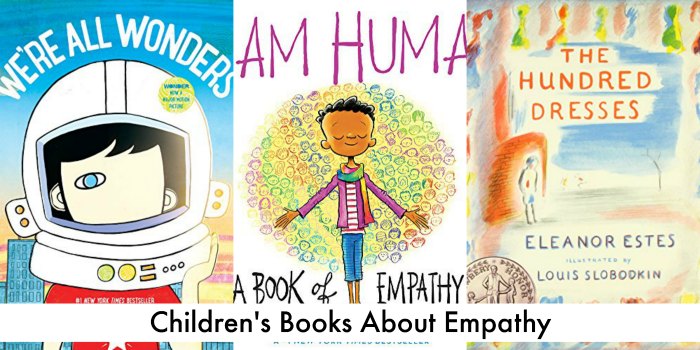
CHILDRENS BOOKS ABOUT EMPATHY
The Otis books have been a personal favorite for quite some time.
Otis has the biggest heart around – you can’t help but love him.
At its heart, this picture book is a celebration of empathy and compassion that lifts up the flawed fullness of humanity and encourages children to see themselves as part of one big imperfect family — millions strong.
Any parent, teacher, or counselor looking for material that sensitively addresses the needs of quieter children will find The Invisible Boy a valuable and important resource.
This gentle story shows how small acts of kindness can help children feel included and allow them to flourish.
We’re All Wonders may be Auggie’s story, but it taps into every child’s longing to belong, and to be seen for who they truly are.
It’s the perfect way for families and educators to talk about empathy and kindness with young children.
What would you do if the ant you were about to step on looked up and started talking?
Would you stop and listen? What if your friends saw you hesitate?
That’s what happens in this funny, thought-provoking book.
Eleanor Estes’s The Hundred Dresses won a Newbery Honor in 1945 and has never been out of print since for a reason – this story touches the heart of any child who hears this story.
From asking the new girl to play to standing up for someone being bullied, this moving story explores what kindness is, and how any act, big or small, can make a difference―or at least help a friend.
In a spare, powerful text and evocative illustrations, the Newbery medalist Katherine Applegate and the artist G. Brian Karas present the extraordinary real story of a special gorilla.
From the Congo to America, and from a local business attraction to a national symbol of animal welfare, Ivan the Shopping Mall Gorilla traveled an astonishing distance in miles and in impact.
A deeply resonant book about subtle acts of compassion and standing up for others, featuring everyone’s favorite tractor, Otis.
One day, when a cold autumn rain sets in, Otis and the animals snuggle close, feeling warmed by one another’s friendship.
But on this day, Otis can’t seem to take his eyes off the lonely figure in the cornfield.
By the door there is an umbrella. It is big. It is so big that when it starts to rain there is room for everyone underneath.
It doesn’t matter if you are tall. Or plaid. Or hairy. It doesn’t matter how many legs you have.
Don’t worry that there won’t be enough room under the umbrella. Because there will always be room.
Like these childrens books about empathy? Find more inspiring reading lists on Mommy Evolution.
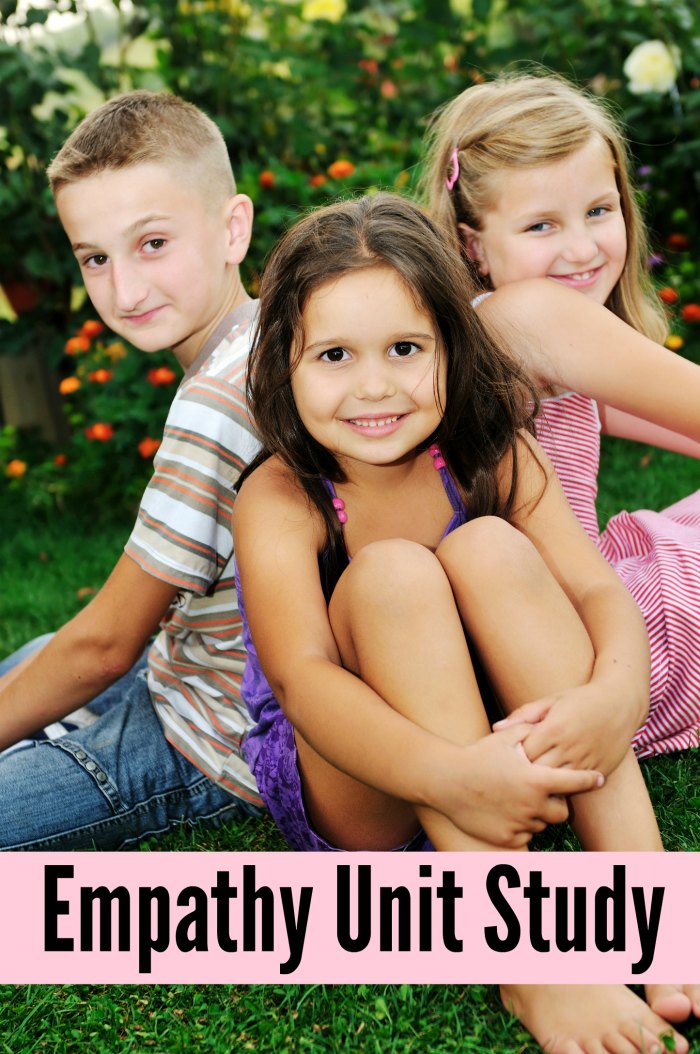
Empathy Unit Study
In addition to recommending books about empathy for kids, I’ve teamed up with some fellow bloggers to offer you homeschool and classroom resources to teach kids about empathy! These unity study resources may contain affiliate links.

















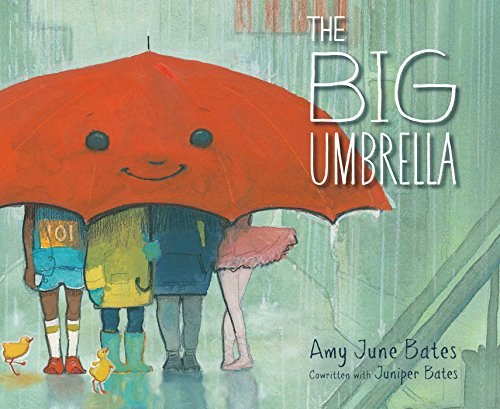

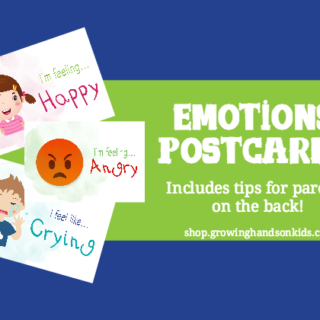
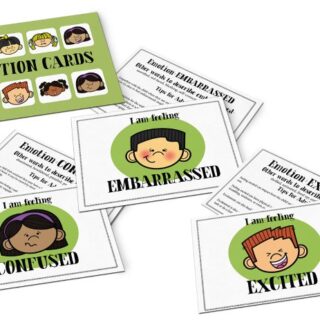

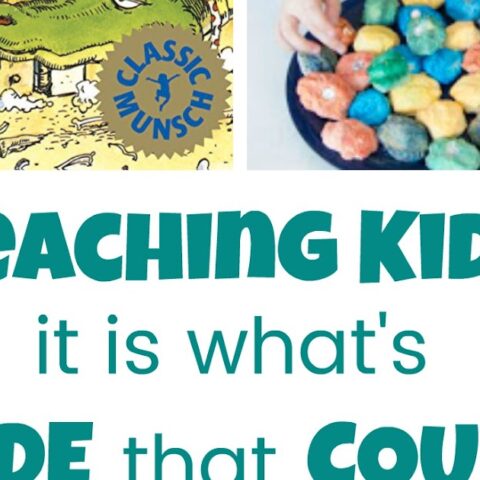

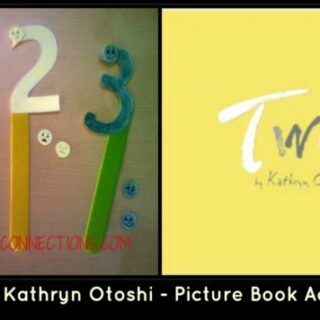
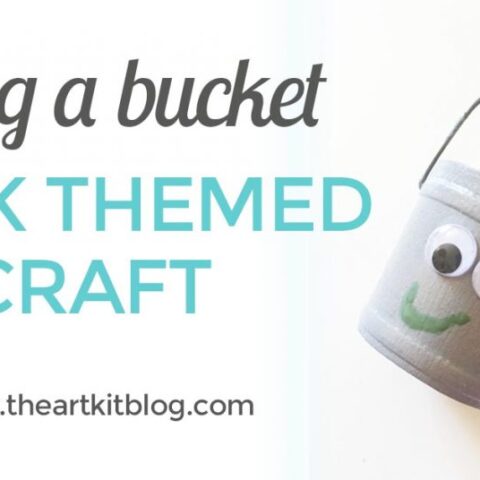
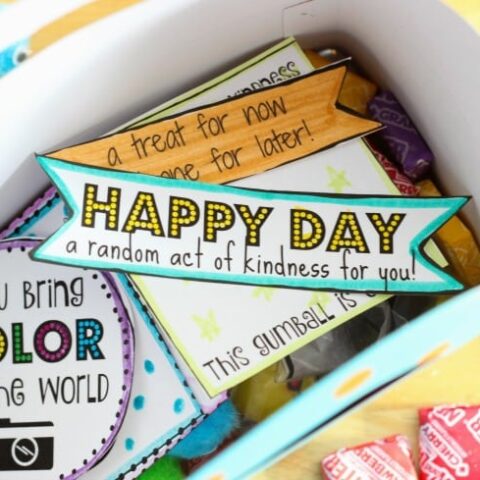
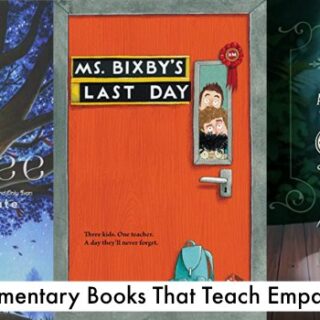
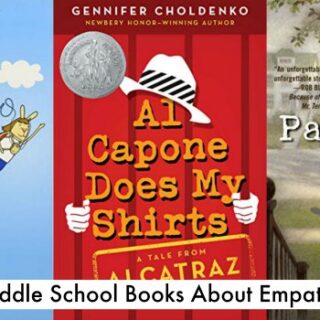
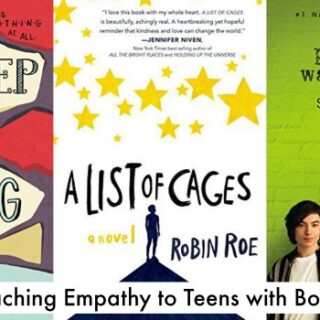
What an inclusive list of books. As a teacher, I am always looking for new ways to share great stories that teach a list. I have read several of these but you introduced me to a few more. Thank you.